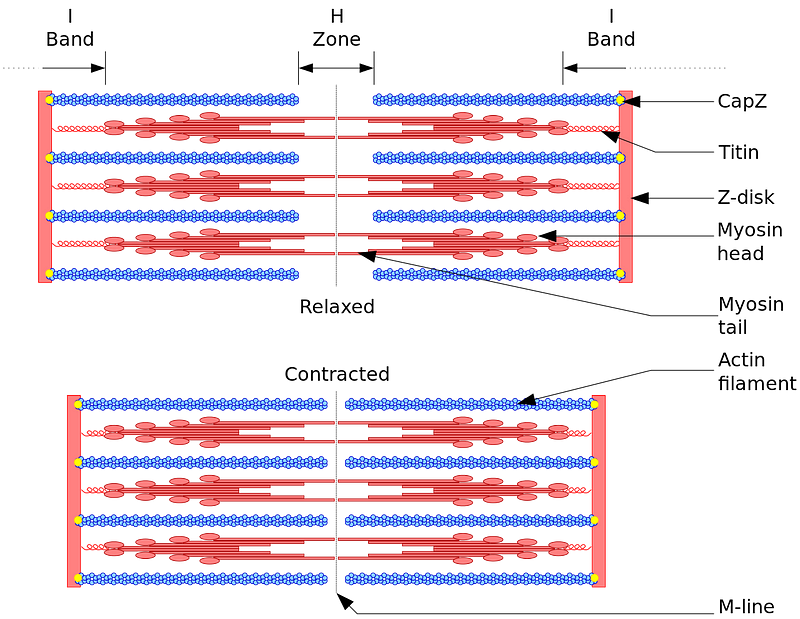Innovative Microbial Engineering: The Future of Muscle Fibers
Written on
Chapter 1: The Wonders of Biomimetics
Nature is a treasure trove of inspiration, offering solutions that can transform our world. From sponges that inspire architectural designs to butterfly wings that yield vibrant, fade-resistant colors, the potential applications are vast. Take the mantis shrimp, whose extraordinary eyesight could lead to advancements in cancer detection and surgical techniques. These incredible adaptations fall under the study of biomimetics, which aims to replicate nature's evolved traits for human benefit.
However, replicating nature's materials presents its own challenges. Harvesting certain natural substances can be impractical; for instance, spider silk is not easily obtained due to the territorial nature of spiders and their varied silk types. The most notable achievement in this realm involved painstakingly collecting silk from 1.2 million orb-weaver spiders to create a single golden cape—an impractical and costly endeavor.
Even when synthetic alternatives are discovered, scaling up production to an economically viable level remains a hurdle. Yet, nature often conceals microscopic solutions. Enter microbes, particularly bacteria, which serve as tiny factories for producing biological materials. Among them, E. coli stands out for its ease of genetic modification, rapid growth, and scalability in bioreactors. This bacterium is currently being explored for its potential to synthesize spider silk.
Section 1.1: Engineering Muscle with E. coli
Recently, researchers have harnessed the capabilities of E. coli to produce titin, a key muscle protein.

Titin is known for its unique characteristics, including passive strength, damping capacity, and rapid recovery, which are essential for muscle function. This protein connects the Z line in sarcomeres—the smallest contracting units in muscle tissue—to myosin, the thick filaments responsible for muscle contraction.
Titin's impressive properties stem from its enormous size (greater than 1μm) and repetitive amino acid sequence, which complicate its synthesis. However, bioengineers have found a solution by enabling E. coli to express a chimeric or fusion protein that combines a small titin subunit with a linking protein. This innovative approach yields high-performance fibers that mimic the desirable qualities of natural titin, such as high damping capacity and mechanical recovery, while also exhibiting exceptional strength and toughness.
Subsection 1.1.1: Applications of Engineered Titin Fibers
The potential applications for these engineered fibers are vast. Their unique mechanical properties, sustainable production methods, and biodegradability make them ideal candidates for eco-friendly uses across multiple sectors, including biomedicine and commercial textiles. This could encompass anti-ballistic materials, netting, sutures, and tissue engineering.
The researchers conclude that the biosynthetic methods developed could be applicable to other proteins with similar folding characteristics, leading to the creation of novel, high-performance materials that offer sustainable alternatives to conventional petroleum-based polymers.
Chapter 2: The Future of Biotechnology
This video discusses the role of gut bacteria in muscle development and its implications for overall health and fitness.
In this video, the myth surrounding microtears and muscle building is debunked, shedding light on effective strategies for muscle growth.